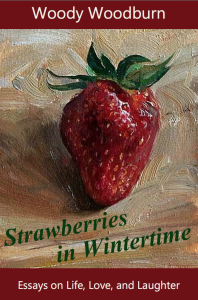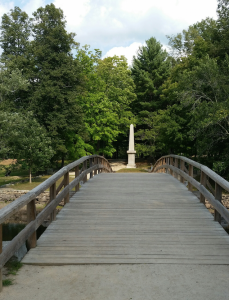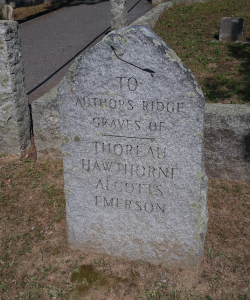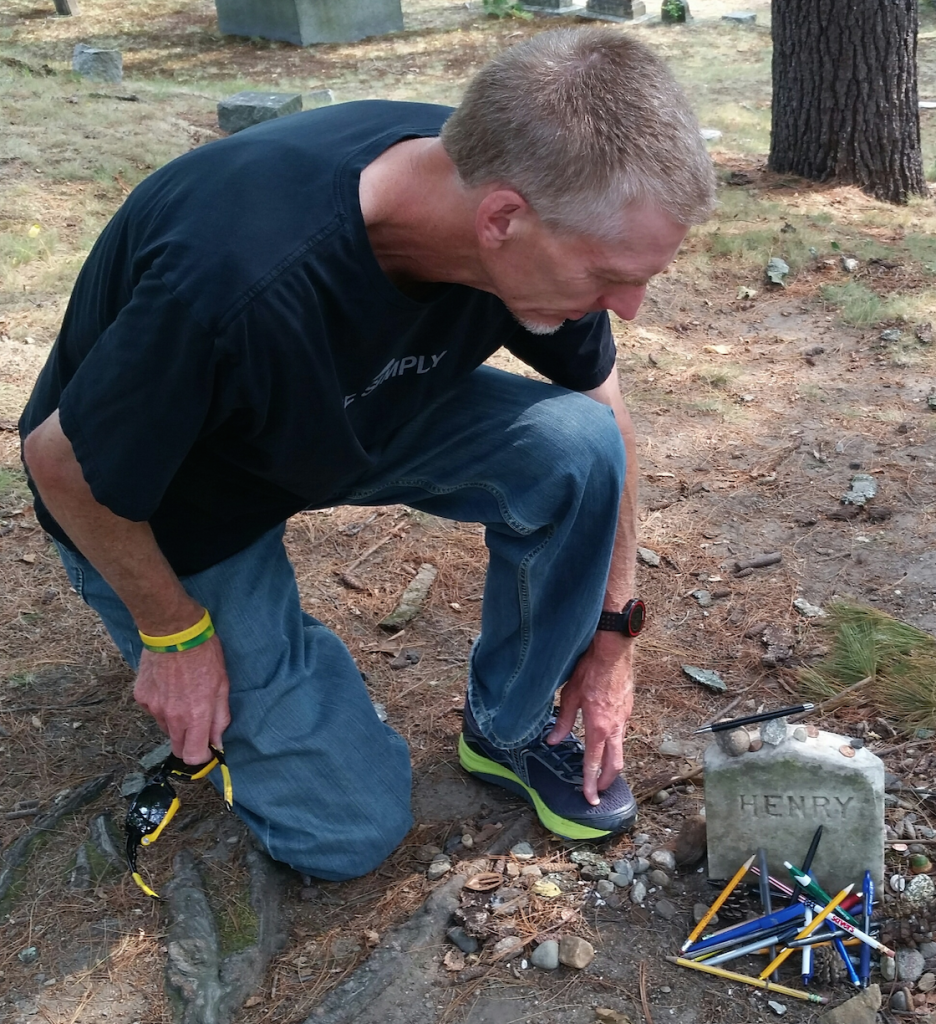Woody’s new novel “The Butterfly Tree” is available at Amazon (click here), other online retailers, and orderable at all bookshops.
*
Going for a walk, Walt Whitman poetically penned, left him “enrich’d of soul” and I am of a similar mind.
Indeed, few things leave me feeling more “enrich’d” than a walk on the beach, barefooted naturally, ideally at the shoreline where retreating waves leave the sand wet and cool and firm, but also little squishy between one’s toes.
A walk in the woods is likewise soulful, Walden Pond being one of my most memorable strolls for it is as beautiful as it is famous, and yet such natural splendor is not required to for a walk to be unforgettable.
Nor is a magical walk measured always by miles or hours. The other day, as example, a short walk on a city sidewalk instantly claimed a spot in my heart alongside a second-date beach stroll with a lovely brunette who would become my wife; alongside a hike up-Up-UP the switchbacking trail of Yosemite Falls with my son when he was in grade school; alongside a saunter down the aisle with my daughter, her hand wrapped around my arm and my heart wrapped around her little finger, on her wedding day.
I wish you could see a photograph of my latest walk to remember. It was snapped surreptitiously from behind as my 5-year-old granddaughter and I walked side by side, her little hand reaching up and engulfed in mine reaching down.
Maya, her sandy-blonde hair in a ponytail, seems a human rainbow in a blue-white-and-peach T-shirt, shamrock green leggings and pink sneakers, with a purple backpack decorated with a yellow heart and smiley face.
Her monochromatic escort, meanwhile, wears grey hiking shorts, a black pullover with the sleeves pushed up to the elbows for the morning is sunny and already warm, and black flip-flops.
Unseeable from behind, Maya and I are also wearing smiles.
We are on the way to school, her next-to-last day of preschool before starting kindergarten. To the left of us are some handsome trees, parked cars to the right, and a scattering of fallen leaves on the narrow sidewalk underfoot.
Our strides match perfectly—our outside feet stepping forward and inside feet pushing back in unison in the photograph—as Maya takes slightly longer steps than usual, almost skipping with helium in her socks, while I have shortened mine.
Walking from our car parked down the block to the school’s front door, then two hallways to Classroom 1, takes only a few minutes yet is time enough to talk a little and laugh some, too.
“What are you going to do in school today?” I ask.
“Play,” Maya answers with unusual succinctness.
“Play is good,” I say and try again: “What do you think you are going to learn today?”
“I don’t know or I’d already know it,” Maya replies, looking up with a wry and playful smile.
She proceeds to tell me that NeNe, this being what she calls my wife, wants to come to school—not to drop her off, but to be a student so she can learn new things.
“What classroom would she be in?” I ask and the reply comes sprinkled with a giggle: “I think there isn’t a classroom number high enough because NeNe is too old for my school.”
“How about me?” I follow up. “Could I be a student here?”
“Oh, yes, Bruno,” Maya sings, using her pet name for me. “You can be in my classroom because you act like a kid.”
“An early-morning walk,” said Henry David Thoreau, echoing Mr. Whitman, “is a blessing for the entire day.”
My day had been blessed indeed, my soul “enrich’d.”
* * *
Essay copyrights Woody Woodburn
Woody’s new novel “The Butterfly Tree” is now available in paperback and eBook at Amazon (click here), other online bookstores, and is orderable at all bookshops.
*
Woody writes a weekly column for The Ventura County Star and can be contacted at WoodyWriter@gmail.com. Follow him on Twitter and Instagram at @woodywoodburn.

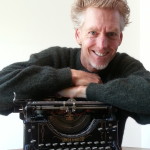

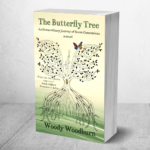


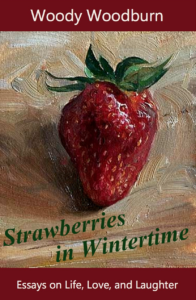
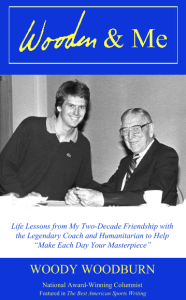
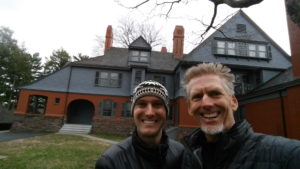
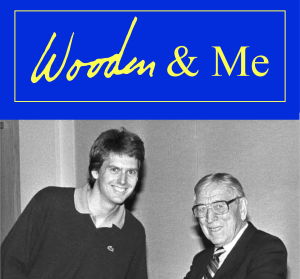 Check out my memoir WOODEN & ME: Life Lessons from My Two-Decade Friendship with the Legendary Coach and Humanitarian to Help “Make Each Day Your Masterpiece” and my essay collection “Strawberries in Wintertime: Essays on Life, Love, and Laughter” …
Check out my memoir WOODEN & ME: Life Lessons from My Two-Decade Friendship with the Legendary Coach and Humanitarian to Help “Make Each Day Your Masterpiece” and my essay collection “Strawberries in Wintertime: Essays on Life, Love, and Laughter” …